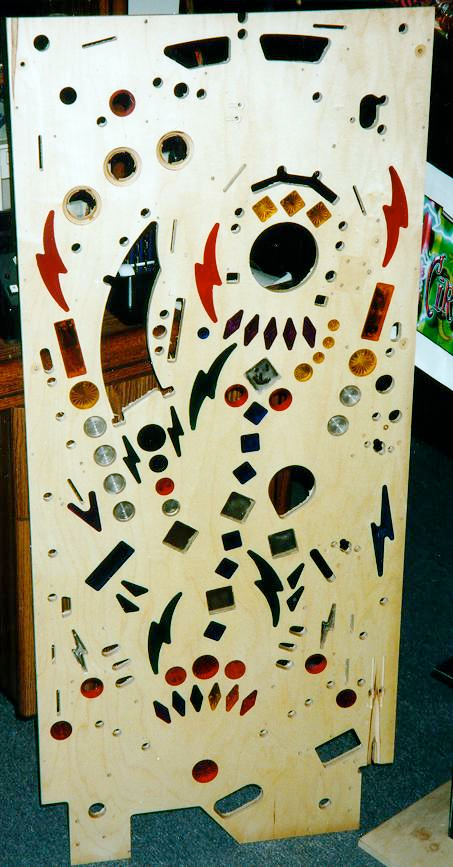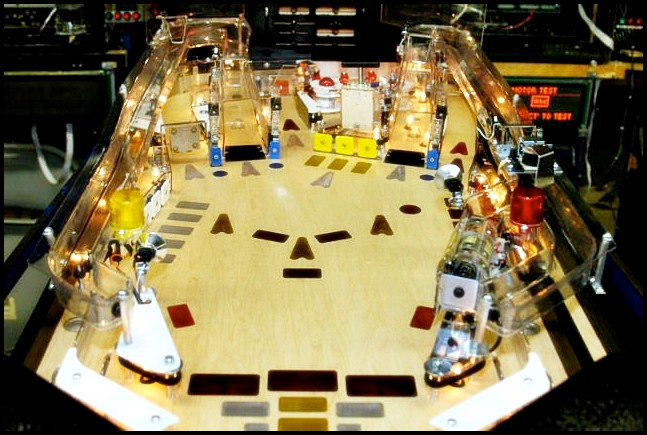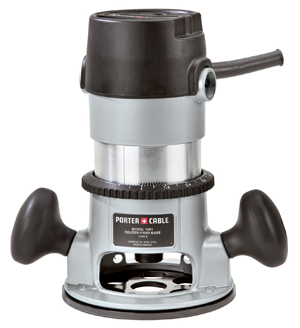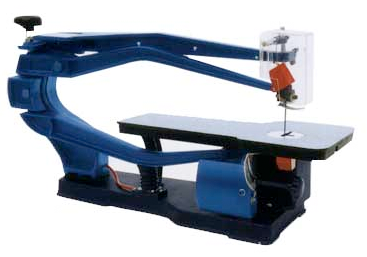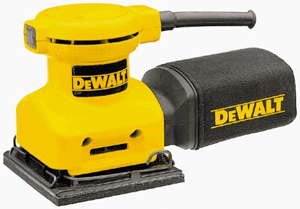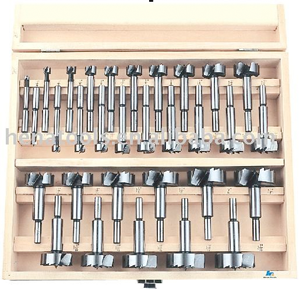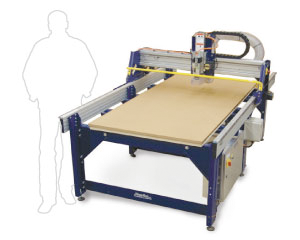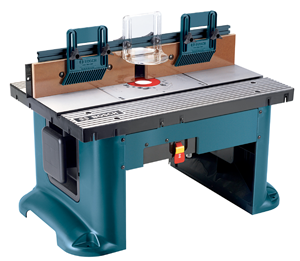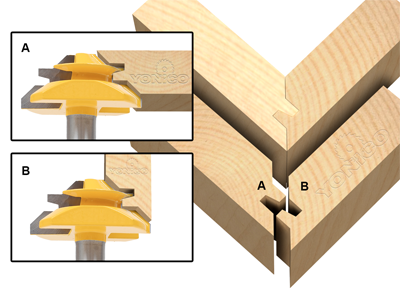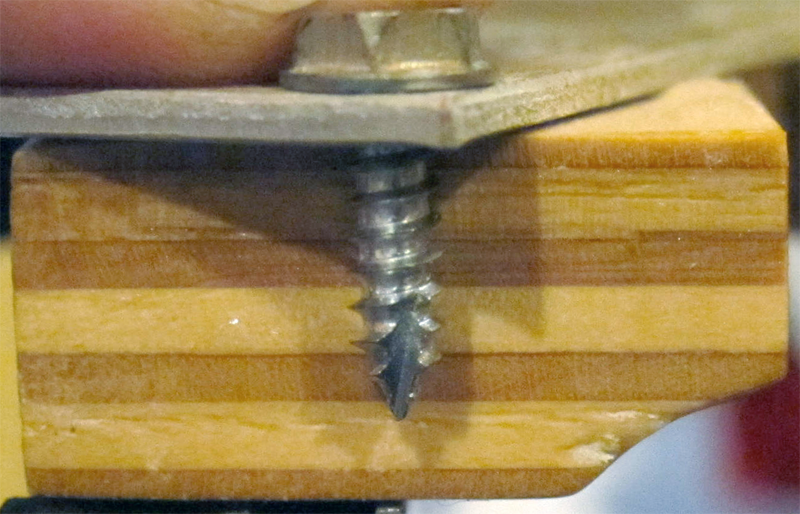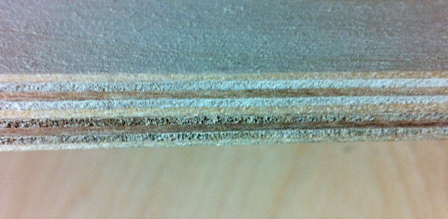Difference between revisions of "Construction"
(→Inserts) |
|||
| Line 84: | Line 84: | ||
[http://www.marcospecialties.com/pinball-parts/PI-1FGS 1″ round green star #PI-1FGS] | [http://www.marcospecialties.com/pinball-parts/PI-1FGS 1″ round green star #PI-1FGS] | ||
| + | |||
[http://www.marcospecialties.com/pinball-parts/PI-34RO 3/4″ round Orange #PI-34RO] | [http://www.marcospecialties.com/pinball-parts/PI-34RO 3/4″ round Orange #PI-34RO] | ||
| + | |||
[http://www.marcospecialties.com/pinball-parts/PI-58RW 5/8″ round White opaque #PI-58RW] | [http://www.marcospecialties.com/pinball-parts/PI-58RW 5/8″ round White opaque #PI-58RW] | ||
| + | |||
[http://www.marcospecialties.com/pinball-parts/PI-112TGT 1-1/2″ triangle Green #PI-112TGT] | [http://www.marcospecialties.com/pinball-parts/PI-112TGT 1-1/2″ triangle Green #PI-112TGT] | ||
| + | |||
[http://www.marcospecialties.com/pinball-parts/C-901 Rollover star button housing red 3A-7537 #C-901] | [http://www.marcospecialties.com/pinball-parts/C-901 Rollover star button housing red 3A-7537 #C-901] | ||
Revision as of 02:46, 6 January 2015
Once a preliminary design is complete, the next step is to create an initial prototype, known in the industry as a Whitewood.
Contents
Whitewood
The origin of the term whitewood is related to the material of the playfield, which is traditionally White Maple. The first iteration of a game will not have any artwork or lighting as the purpose is to test the layout, flipper shots and the overall feel of the design to confirm it plays as expected.
The second iteration of the whitewood - generally a different playfield rather than the existing one re-cut - will include inserts, lighting and any ramps or playfield devices needed for the complete game. This version of the prototype is used to create the first iteration of the ruleset and special effects.
Here is an unpopulated whitewood for Cirqus Voltaire, which is a later iteration that does have inserts for lighting, but not yet having artwork.
Here is a populated whitewood for AC/DC, which does not have the later sub-playfield so is much earlier in the design process.
Tools
Beyond the basic hand tools needed to create a machine from scratch, here are some additional tools:
A hand router for creating insert and device holes in the playfield.
A table jigsaw for cutting playfield plastics, or plexi for your initial whitewood inserts.
A hand sander to level the playfield. You should also have sand paper in various grits ranging from 180 up to 320, plus finer grits for final polishing.
Forstner bits for drilling clean holes. Easier than using the router.
Advanced Tools
Although not needed, the following are nice-to-have and make whitewood production much faster and consistent.
A large-format CNC machine can take drawings from AutoCAD or Inkscape to cut a playfield exactly to the design, which will be much more accurate than one done by hand with a router.
Some reasonably-priced options include ShopBOT or GeneralCNC.
For cabinet building, a table router with Locking Mitre bits.
These are a matched set of bits that create a locking edge between cabinet corners.
Materials
A rundown of the various materials needed to produce a whitewood.
Plywood
Commercial pinball machines use a specially sourced type of plywood that is not available from big box stores and generally not even specialty wood suppliers.
The thickness of a raw playfield is 17/32", which is then sanded on top with inserts installed to a finished size of 1/2". Each side is a full face of hard Maple with five plys in-between, not a thin veneer to allow for this sanding. The following photo illustrates the full seven plys:
The type of plywood available at a big box store will have a thin ply on both sides, generally of softer Baltic Birch, and will not have the surface area to allow a full 1/32" sanding to level the surface and inserts together.
For hobbyists, the best option is Cabinet Grade plywood, preferably from a lumber yard, with a minimum of seven plys but a preference for nine - the more plys, the more stable and flat. This type of plywood will have a thicker top and bottom ply suitable for sanding. It will generally be the softer birch but for one-off games, it should prove acceptable.
Another affordable option for whitewoods is Medium Density Fibreboard. Typically sold as MDF, it is also available in large quantities. The drawback for MDF is that it has poor flexibility and does not allow for easy removal and re-installation of screwed in parts.
Inserts
For a whitewood, the easiest option is to use thin plexiglass for inserts as it is readily available and fairly easy to cut to size with a table jigsaw. This allows for skipping the final sanding stage if using 1/2" plywood instead of 17/32".
Real pinball inserts are available in various sizes and colors from a number of suppliers including Pinball Resource and Marco Specialities.
Some examples of the inserts available:
5/8″ round White opaque #PI-58RW
1-1/2″ triangle Green #PI-112TGT
Rollover star button housing red 3A-7537 #C-901
Standard depth of inserts are 1/4" and they are designed to be sanded flat after installation - there will be a number cast into the top of the part and the top edge will be slightly raised around the radius by approximately 1/32". Thus, when creating insert holes, you must drill slightly less than 1/4" deep to allow for the sanding.
Playfield Parts
The best source of parts like switch targets, pop bumpers, posts and other miscellaneous bits is from parts machines - picking up a used machine with a worn playfield and just cleaning up those parts will be ten times cheaper than buying all new parts.
However, given the increasing value of even older solid-state machines, finding games to part out is becoming increasingly difficult, so the only option may be purchasing new.

